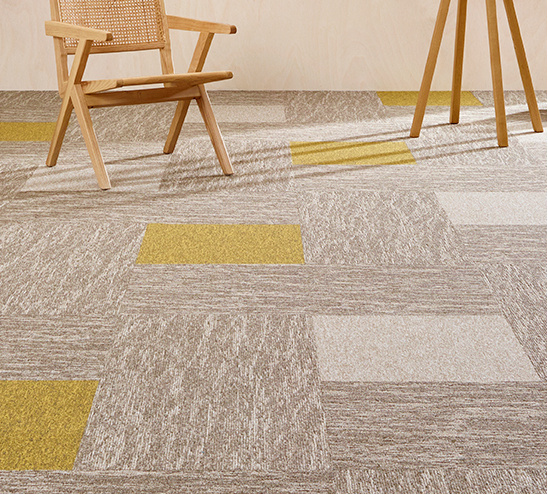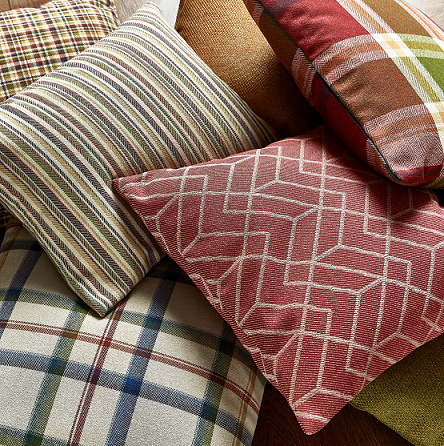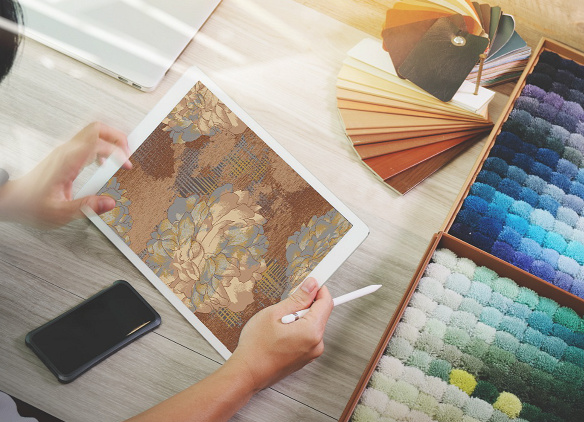Vinyl Flooring 101: A Practical Guide for Homeowners
28th February 2022If you’re moving to a new home or planning on redecorating your current one, deciding on the type of flooring to install is sure to be a major undertaking.
After all, you and your whole family will be walking over just about every bit of floor space in every room, every single day, so the flooring you choose has to be able to withstand constant traffic plus wear and tear.
And of course, the appearance of the flooring matters, too — you’ll want it to mesh well with the way the rest of the house is designed.
As a trusted wallpaper and carpet supplier in Dubai, we highlight vinyl flooring as one of the more popular flooring options among homeowners. Here’s a look at everything you need to know about vinyl flooring that clearly shows why it is a truly practical and advantageous choice for your space.
What Is Vinyl Flooring?
Vinyl flooring is a synthetic flooring material made entirely from polyvinyl chloride plastic or PVC. To create vinyl flooring, PVC is heated and then pressed into thin layers, and then formed into vinyl tiles or planks.
The most notable property of vinyl flooring is that it displays a photorealistic visual layer that can very closely resemble hardwood, ceramic or stone. In addition, vinyl flooring is made with textured layers that mimic the feel of minerals and wood grains under your feet.
While homeowners may prefer options such as Modulyss Leaf carpet tiles or Comar Apollo Plus carpets for cozier bedrooms, vinyl flooring is an excellent option for use in other spaces in the home like kitchens, bathrooms, laundry rooms, family spaces, and basements.
Vinyl Flooring Layers
Standard vinyl flooring will typically have four layers:
- The backing layer (or bottom layer) is usually made of foam or cork and is designed to eliminate the need for another material to put down on your floors before laying down the vinyl flooring. It is also this particular layer that provides the cushioning effect, making floors comfortable and quiet to walk on.
- The waterproof layer is made to absorb moisture while preventing swelling, so the floor integrity is not compromised. There are two kinds of waterproof layers: SPC (made of stone and plastic deposit) and WPC (made of stone and plastic deposit).
- The design layer is where you see the high-resolution printed image of wood, stone, marble or ceramic, which homeowners can choose according to their preference for their home.
- Finally, the wear layer is the very top layer that protects the vinyl flooring from wear and tear. There are both thin and thick wear layers, the choice of which will depend on the amount of traffic received in the area of the home where this vinyl flooring will be placed.
Some vinyl flooring products may include up to four additional layers, such as a clear top coat layer (that provides extra protection as well as an attractive sheen) and a fiberglass layer (that provides support and ensures even and secure application to the floor)
Types of Vinyl Flooring
- Sheet flooring. This comes in 6- or 12-foot-wide sheets that are easy to install.
- Tile flooring. This comes in tiles that measure 9 or 12 square inches.
- Luxury Vinyl Tile (LVT). This comes in plank shapes that are 7 inches wide and 48 inches long.
Vinyl Flooring Finishes
Vinyl flooring with a vinyl no-wax finish is designed for areas in the home with the lightest foot traffic and the least exposure to moisture and dirt.
Meanwhile, vinyl flooring with a urethane finish can stand up to moderate foot traffic.
Lastly, vinyl flooring with an enhanced urethane finish is the toughest type and can withstand heavy foot traffic, and is also the most resistant to stains and scratches among the three.
Properties of High-Quality Vinyl Flooring
1. Beautifully designed
With so many designs to choose from, vinyl flooring is easily a favorite flooring material because homeowners can get the look of hardwood, marble or stone floors without using the actual material. There are also designs and colors that mimic thread-woven surfaces, such as those found in the Vertisol Fitnice flooring collection.
What’s more, vinyl flooring can mesh well with a home’s interior design. Homeowners can match the flooring with abstract living room wallpaper for a cohesive look.
2. Easy to install
Because vinyl flooring does not require staples or glue during installation, it is easily preferred by any homeowners. On a prepared subfloor, peel-and-stick vinyl types can simply be placed onto the surface. It’s also simple to adhere vinyl flooring to plywood, hardwood or concrete floors.
3. Durable
The overall condition and longevity of your flooring will depend on the quality product you choose, but with proper installation and care, vinyl flooring can last anywhere from five to 20 years.
4. Simple to clean and maintain.
No need for cleaning brushes, abrasive pads, waxes, solvents, detergents and other products; with vinyl flooring, all you need to do most of the time is to sweep the surface of dirt and dust, then mop with some hot water and vinegar. Some mineral oil can be added to the mopping solution to add shine. Alternatively, there are commercial cleaners designed precisely for vinyl floors.
To prevent scuffs, scratches or rips, homeowners can place mats or rugs on heavy-traffic rooms, and use protective tips on the base of furniture legs.
Quality Flooring Solutions for the Home
Homeowners looking for a reliable flooring option can experience a number of great advantages by choosing vinyl flooring. With low-maintenance, durable, easy-to-clean and breathtakingly beautiful vinyl floors, what more can you ask for?
Contact us today at NGC Nafees UAE for a quote.
Back to Blog





